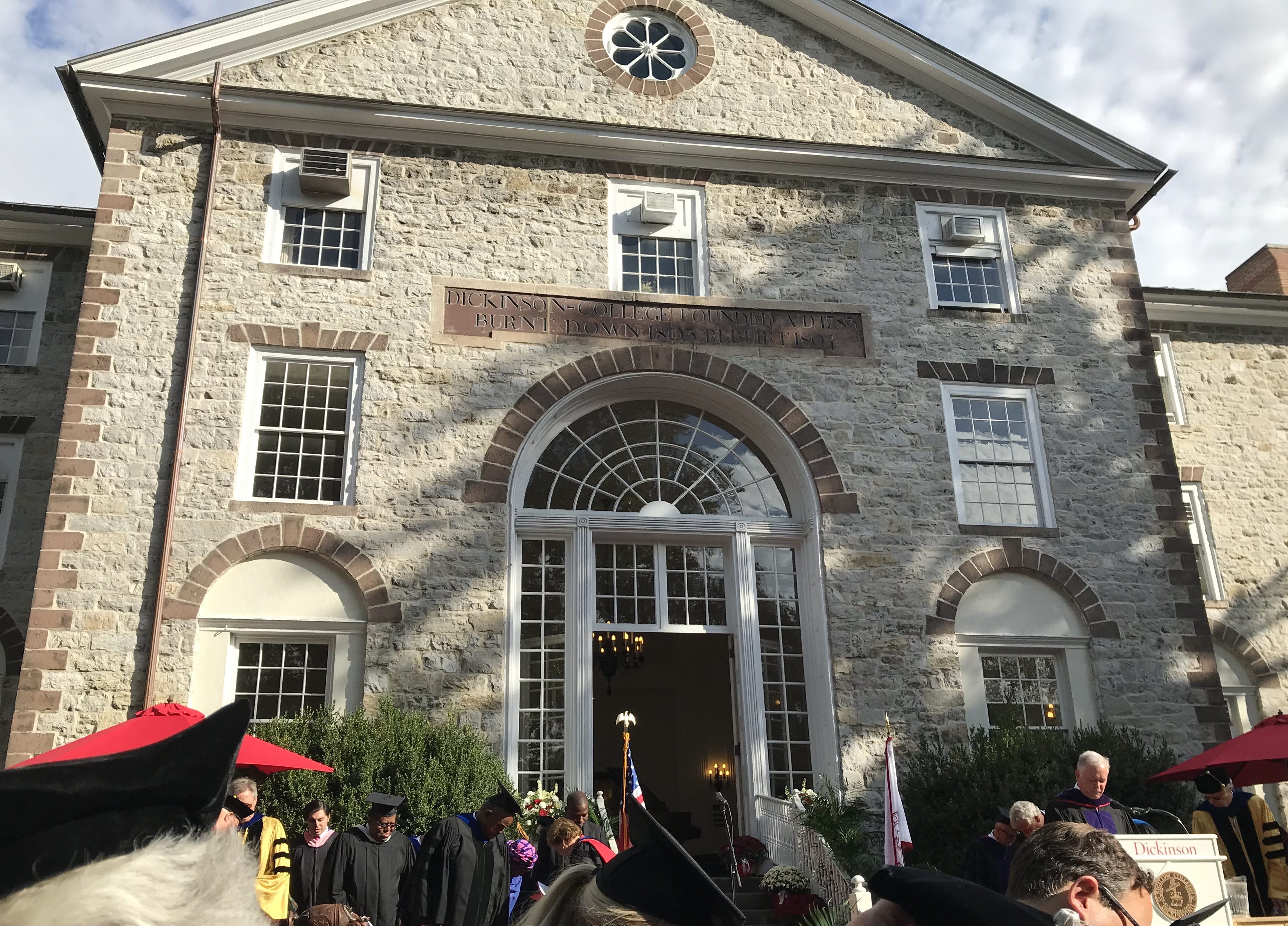The Cost of Competition
by Robert J. Massa
As I reflect on my 38 years as a college administrator, one thing seems to never change – each year is more challenging and more competitive than the last. And 2012 was no exception.
Colleagues will recall the move by Harvard in December of 2007 to eliminate loans in financial aid packages and replacing them with institutional grant funds. This was done primarily in response to the U.S. Senate Finance Committee’s pressure – all pre-recession – to force colleges to spend at least 5 percent of their endowment wealth each year. Colleges with much less largess than Harvard followed suit, all in the name of equity. On the surface, this seemed like a noble move made out of concern for students and their debt. Of course, competition really fueled this policy change, resulting in cost inflation in higher education. One result is exactly the opposite of the intended change – decreased access to many deserving students because of higher prices.
A year later, when the stock market plummeted, colleges that followed Harvard and substituted grants for loans were left with lofty commitments and significantly less endowments resources to meet them. The competitive push to “keep up with the Joneses,” (or the “Harvards” as the case may be) backfired.
Non-profit colleges, of course, charge a tuition price that is les than what it costs to provide an education. Public institutions subsidize the difference between tuition charges and actual cost through state allocations, while private institutions subsidize it through annual gifts and endowment earnings that are restricted for such purposes. Most private college grant or scholarship aid comes from a reallocation of tuition dollars collected from those who pay all or most of the price charged. For those who cannot afford to pay that price (which is still lower than cost), aid is awarded.
Consider a hypothetical college (not Lafayette) with a good but not outstanding endowment that currently provides funds to pay for about 10 percent of the institution’s operating budget. If such a college were to implement a grant for loan policy, it could not draw any more from the endowment, since it is already spending at a high rate. Instead, it would have several options:
1) Increase the tuition charge for everyone by an additional $2,000 above a “normal” increase.
2) Reallocate existing aid dollars to fund the no loans policy, resulting in the eventual elimination of 250 students from the financial aid rolls.
3) Eliminate other expenses – primarily programs and people. This would be about $5 million on an operating budget of about $120 million, resulting in fewer services and academic programs for students.
4) A combination of the above.
Harvard and a handful of other wealthy institutions can afford to replace loans with grants. But by doing so, they create an unsustainable standard for the remaining 99 percent of private colleges that lack multi-billion dollar endowments. Although this all happened four years ago, its effects are still being felt .
Today, the press is filled with stories, some of them misleading, about over-borrowing by students. This is a problem, certainly, for those students who chose to borrow private loans to supplement the federal student loans for which they are eligible. But most students are borrowing a manageable amount over four years that, for private colleges, is equivalent in value to one-half of the cost of one year. So while it is admirable to replace loans with grants, particularly for lower income students, it is not generally necessary to do so, nor does it make much financial sense in terms of institutional priorities unless students are being over-burdened with loans.
Of course, the significant rise in non-need-based aid over the past decade also has an impact on access, reducing net revenue (except for colleges that are under-enrolled) and thus the ability to fund aid for some students who are not able to afford the price. But in the name of competing for the “best” students, many colleges have chosen to invest aid dollars in this way. The bidding wars heat up every year to a new level.
At some point, as with sub-prime interest rates, gasoline prices and health care, it all comes tumbling down – in part due to our zeal to compete for a limited pool of top students. Meanwhile, little is being done to address the real problem – the rising costs of American higher education.
Subsidizing price is essential but not sufficient. Families must save more for their children’s education and institutions must prioritize how they spend the money they collect, preserving and enhancing educational quality while controlling the growth in their costs.
Robert J. Massa is Vice President for Communications at Lafayette College in Easton, PA. The views expressed are those of the author and do not necessarily reflect the views of the College.
